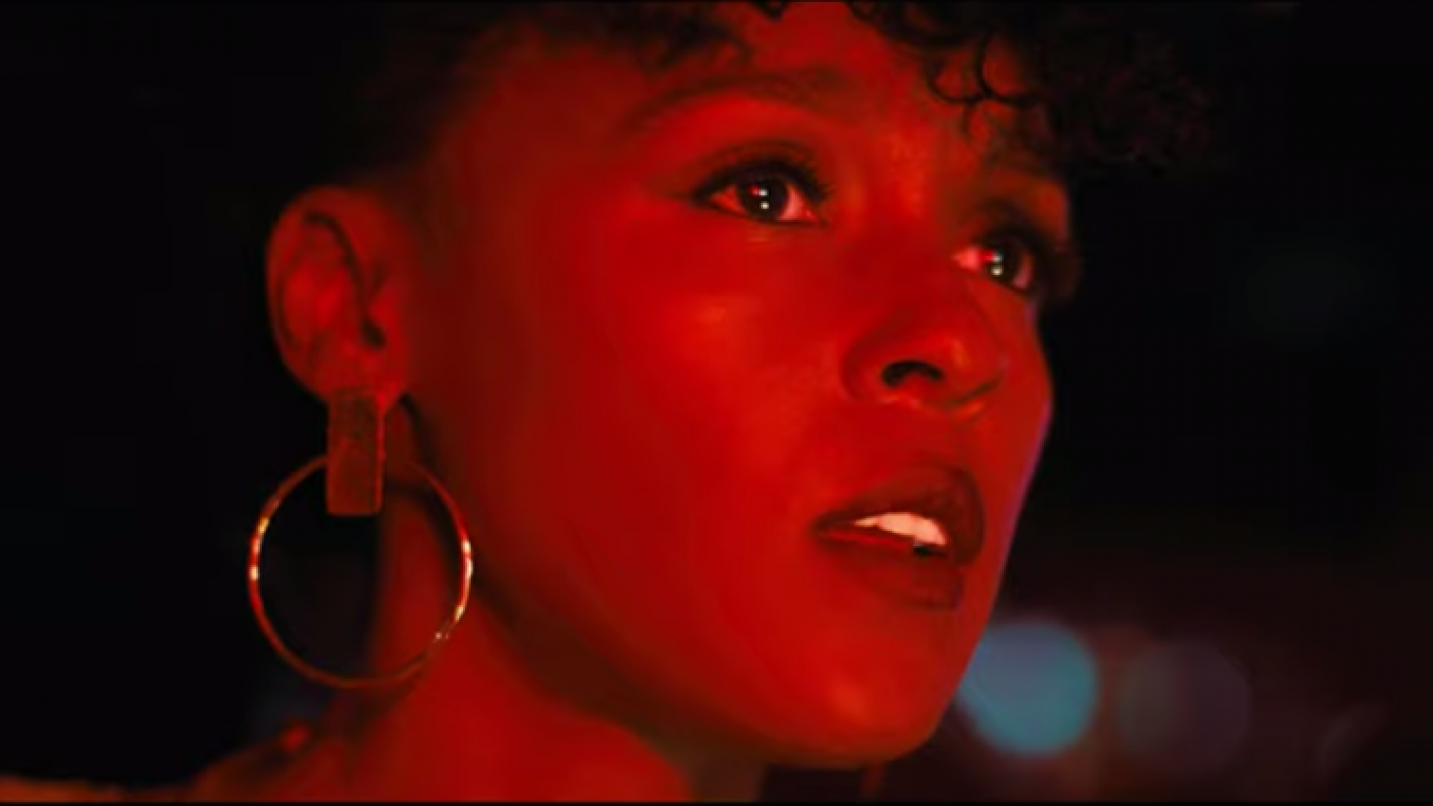Time to expand the Wikipedia entry of “Antebellum (film).” A 2020 American horror film, yes, and a title that is a contraction of “an anti-oppression story told with a lot of bells and little acuity to avoid ho-hum.” Subjective, but highly likely an observation most will share.
As teases and glimpses, the feature debut from directing duo Gerard Bush and Christopher Renz intrigues. Here’s the versatile multi-hyphenate Janelle Monáe being the lead character in two different timelines — as the overworked slave Eden in the past and the hunted sociologist Veronica in the present. Bits of The Shining, stretched hallways and one unnerving girl. Some Neon Demon, too, with that sinister opulence and Jena Malone’s presence. How does a 911 call line up with shots of plantation horrors? A reversed “E” in the title! Even throughout the pandemic-induced delay, Antebellum never ceases to be mind-boggling.
Then you discover that the film really is mind-boggling! It’s just that it doesn’t benefit the experience.
For comparison, The Village (2004) experienced the opposite. At the time, it was the latest box-office hit for its director, M. Night Shyamalan, despite being somewhat seared by critics and audiences due to faulty marketing. It worked because Shyamalan had an idea of which elements to prioritize and how to convey them, if not on-point, then at the least probable. Bush and Renz have neither in their helming and scribing of Antebellum, and the result is poison for the film’s goodest intentions — confusing pageantry with commentary. There is so much style and dreaminess in the production, as expected when among your crew are Don’t Breathe’s cinematographer Pedro Luque, La La Land’s costume designer Mary Zophres, and Thoroughbreds’ production designer Jeremy Woodward that the crucial and front-page points it wants to make are either embellished or rendered fantastical. Let’s hope this was unintentional. It won’t take long for you to see it: Antebellum begins with an extended Vast of Night-esque glide from the pampered front of a yet-disclosed Confederation plantation to the forsaken grounds where slaves and soldiers meet, ending at the rearmost grassfields where an enslaved woman attempts an escape while Eden watches. The woman runs, her golden cross necklace swaying, right behind are horsemen with lassos. All in slo-mo. Still running, until the lasso wraps her neck. Still in slo-mo. She’s then shot point blank and dragged. Cue titles.
Afterward is a sequence where Eden gets punished by the plantation’s overseer (Eric Lange). Not in slo-mo, but motions are slow. With clear frames and even-clearer audio, too. You’d think the production house behind Get Out and Us would stay on-brand and depict the horrors of discrimination with tactful but way more impactful means. Consider this an opportunity missed since unlike the two Jordan Peele films Antebellum’s vision is uber-direct — and one would say more expansive. With its conceit, especially the “one character, two settings” part, and despite the strong U.S. connection, the film seems prepped to be a visual representation of racism’s systematic trait, of why a certain societal ill is so enduring because the pathogens are so deep-rooted and just as capitalistic.
Maybe Bush and Renz want Antebellum to depict these things. Or some critique that’s way grander. But the final product offers little else to see besides what is already in front of us, meaning it’s rather shocking to see Monáe giving her all and still can’t make Eden or Victoria definable beyond “favored slave girl” and “unlucky accomplished woman” frameworks. What may be even more shocking is having chameleonic supports such as Malone, Kiersey Clemons and Gabourey Sidibe and then having them inhabit threadbare characters (Sidibe plays Veronica’s friend Dawn, the comic relief with both average jokes and the ability to give the film some much-needed spark).
Only in 2020 can you see Antebellum as a variation of anti-wholesome. Incredible, isn’t it, when the film’s whole reason for being is to spark tough-but-necessary conversations. Bush and Renz’s film could have been a mirror reflecting the current U.S. that is so eager to repeat the damnable “good old days,” but in the end it is over the moon just being a host to all the glints across its surface. That reversed “E” might have stood for “empty.”
Correction: Our review made an error in writing that Antebellum is associated with Blumhouse Productions. Blumhouse is not involved with this film.
Advertisement
Advertisement
